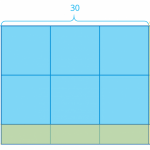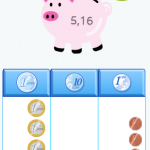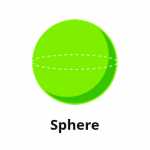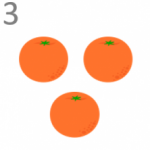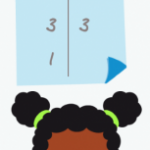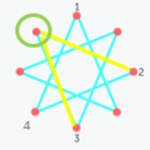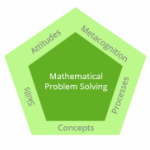Feb11
Rule of Three for Calculating Percentages
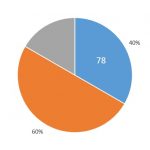
In earlier posts, we have learned what a percent is and how to calculate it. Today we are going to use the rule of three to solve different types of problems related to percentages. Rule of three to calculate the percentage of a number For example, we want to calculate 30% of 360. 30% means […]
Continue reading »



